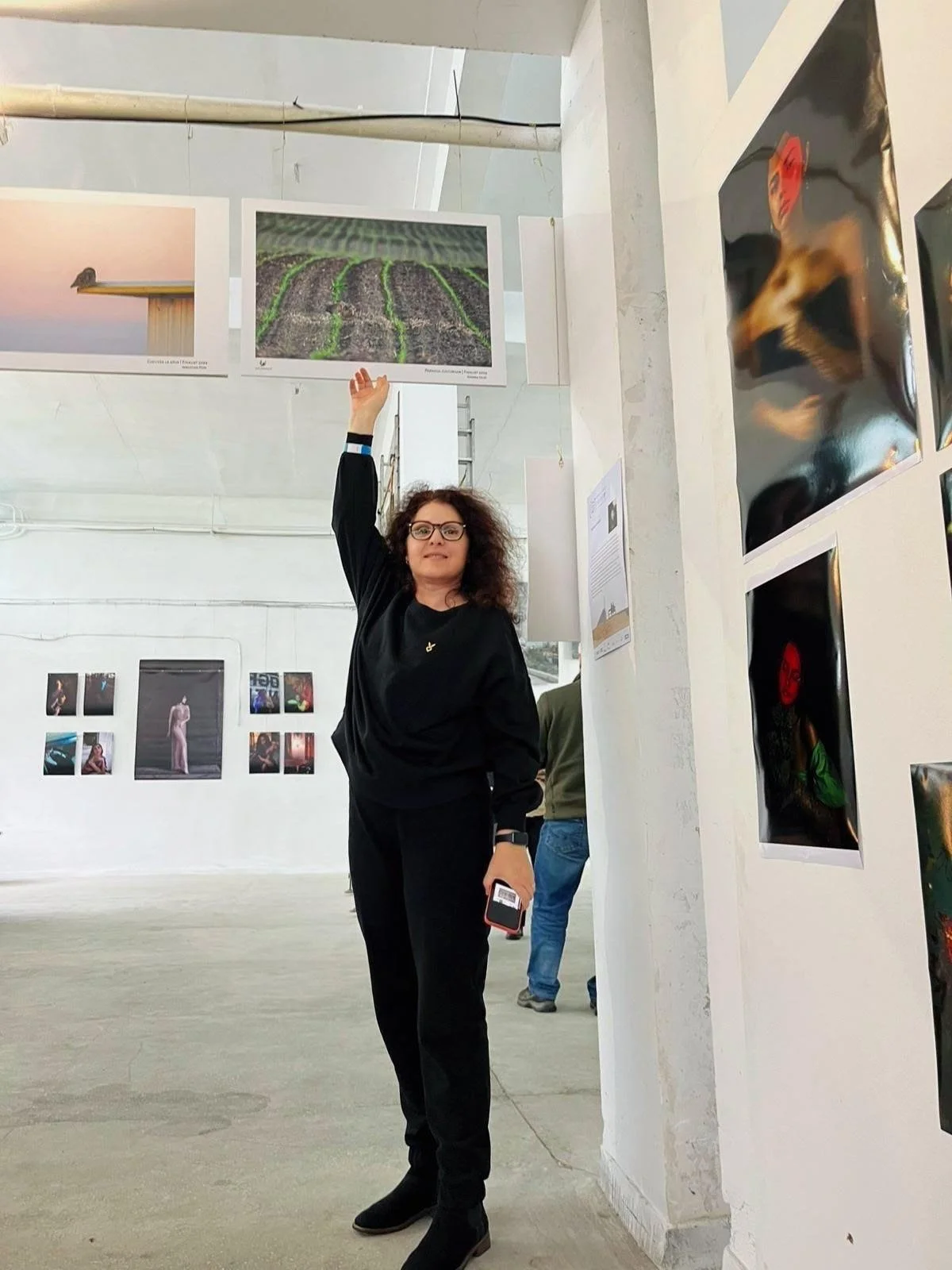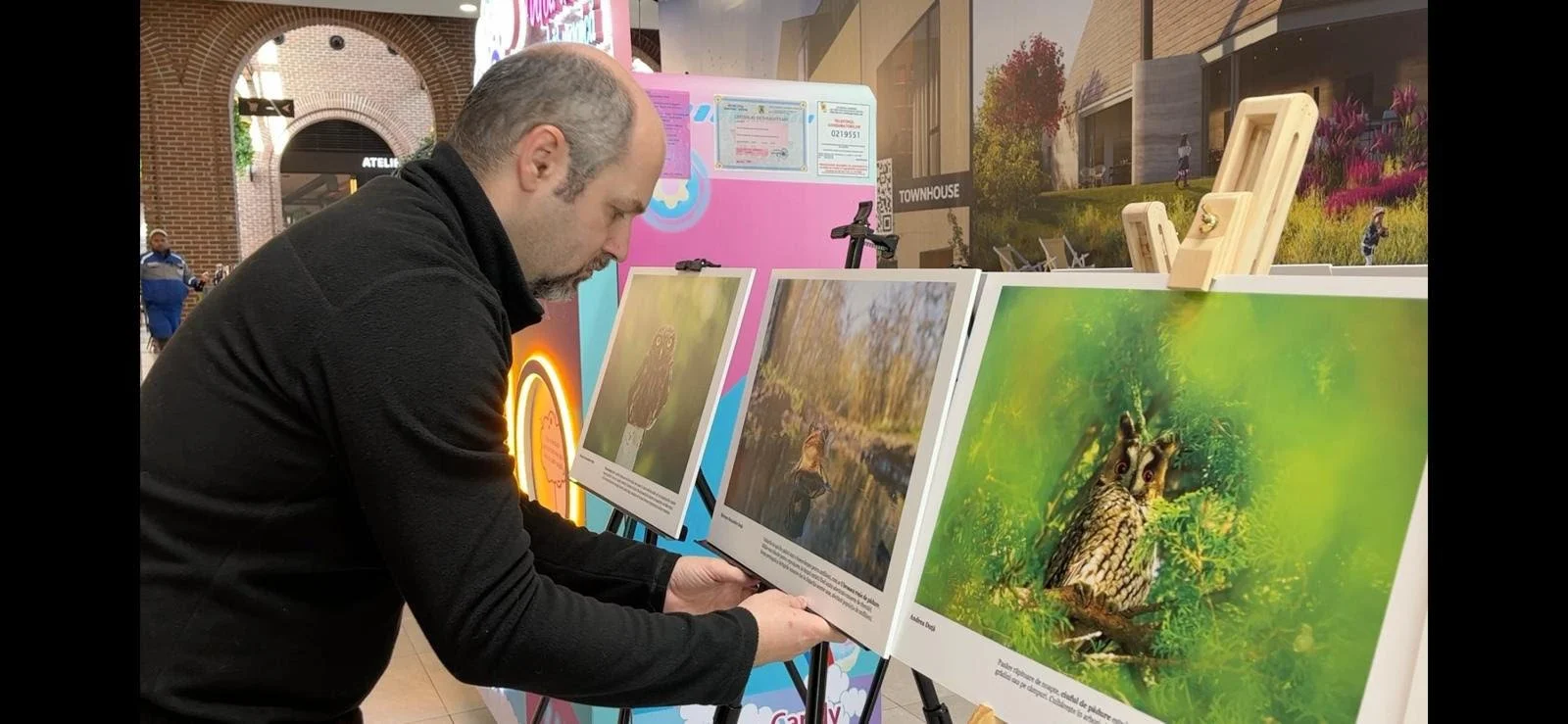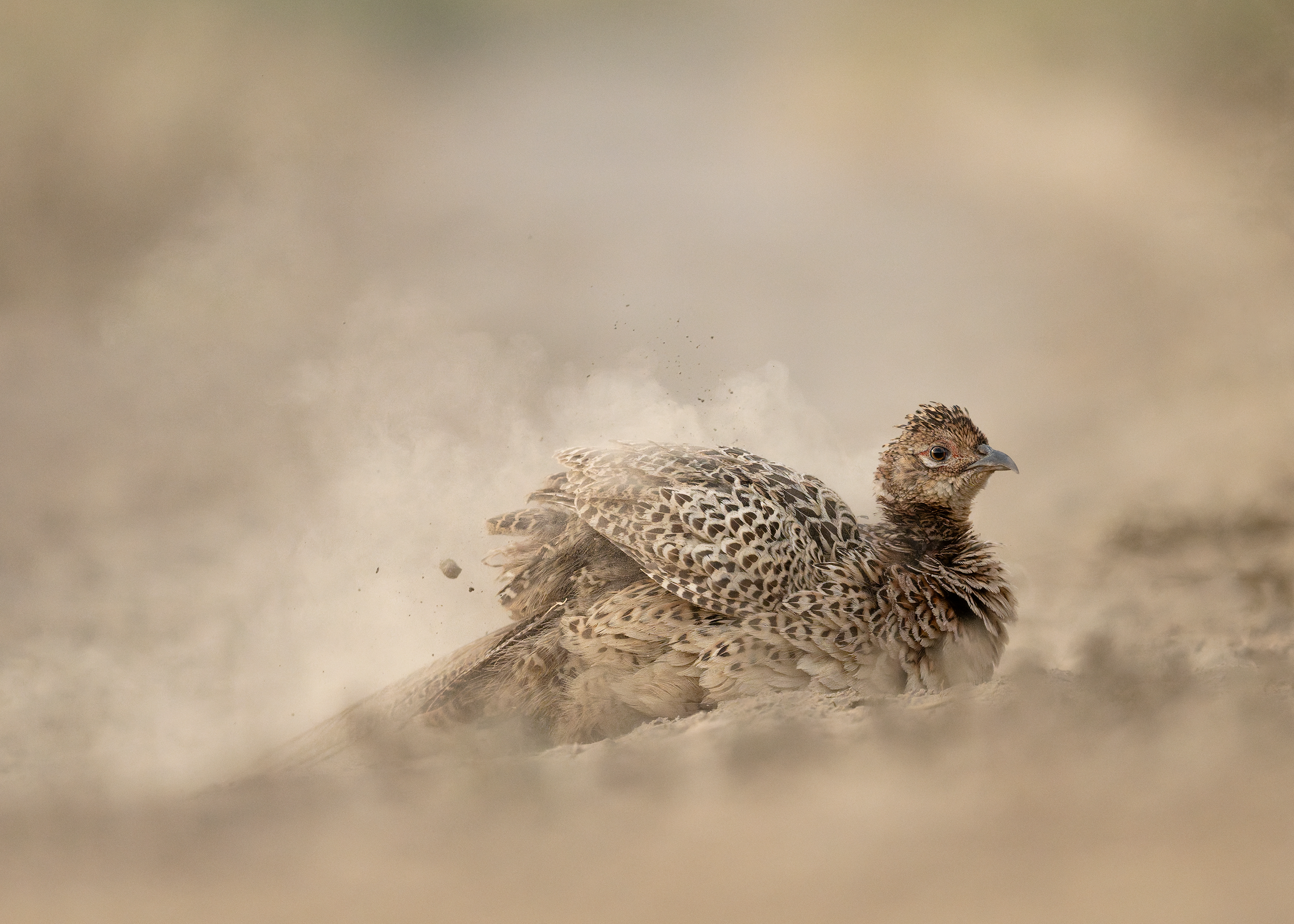
THE GAZE OF NATURE
Nature doesn’t need our intervention, but it needs our protection.
Discover. Tell. Protect.
The wild world on the edge of a town or in the heart of a crowded city might seem ordinary, catching at most a fleeting glance. When we don’t know much about this discreet world, it’s easy to dream of exotic places far from home, imagining the wonders we might find there — while overlooking the hidden richness that exists even in urban spaces.
„The Gaze of Nature” is an invitation to embark on a visual journey through the fascinating universe of creatures that live close to us, yet often remain unseen.
Through photography and video, this project aims to reveal the beauty and complexity of a fragile ecosystem, telling stories of adaptation and survival. These stories shed light on the delicate bond between humans and nature.
To help deepen our understanding of this bond - and to protect it - we’ve designed a three-step educational journey:
Learn about the nature around us - who are the wild beings quietly living in our cities, gardens, and the edges of crops?
Understand why local wildlife matters - how it contributes to ecosystem balance, and why it deserves our respect and attention.
Discover how we can help - small, meaningful actions through which each of us can become an ally to nature.
In doing so, we - and those who follow this project - have a chance to inspire more people to actively engage in protecting the natural world, ensuring these stories will live on and continue to delight future generations.
“The Gaze of Nature” is an ongoing project that has begun to attract the attention of the general public and the nature-loving community:
Presentation during “Green Week” - the project was introduced to students in schools and high schools as part of the national environmental education program.
Exhibition at Lynx Festival 2024 (Brașov) - photographs from the project were showcased at Romania’s most important festival dedicated to nature documentaries and photography. The event was also featured in IQads.
Photo exhibition for the local community - we organized a visual encounter between the public and the discreet wildlife of the peri-urban area.
Second Prize – Best Movie Production, Romanian Visual Awards 2024 - the short film “Seasons – A Wildlife Story in Four Acts”, filmed over three years in the Bucharest metropolitan area, was awarded for its production quality and artistic vision.
(In preparation) “The Gaze of Nature” photo book - a curated collection of the most representative images from the project, to be published as a photo album.
Highlights & Recognition
Gallery
A small selection of images from the exhibition “The Gaze of Nature”.
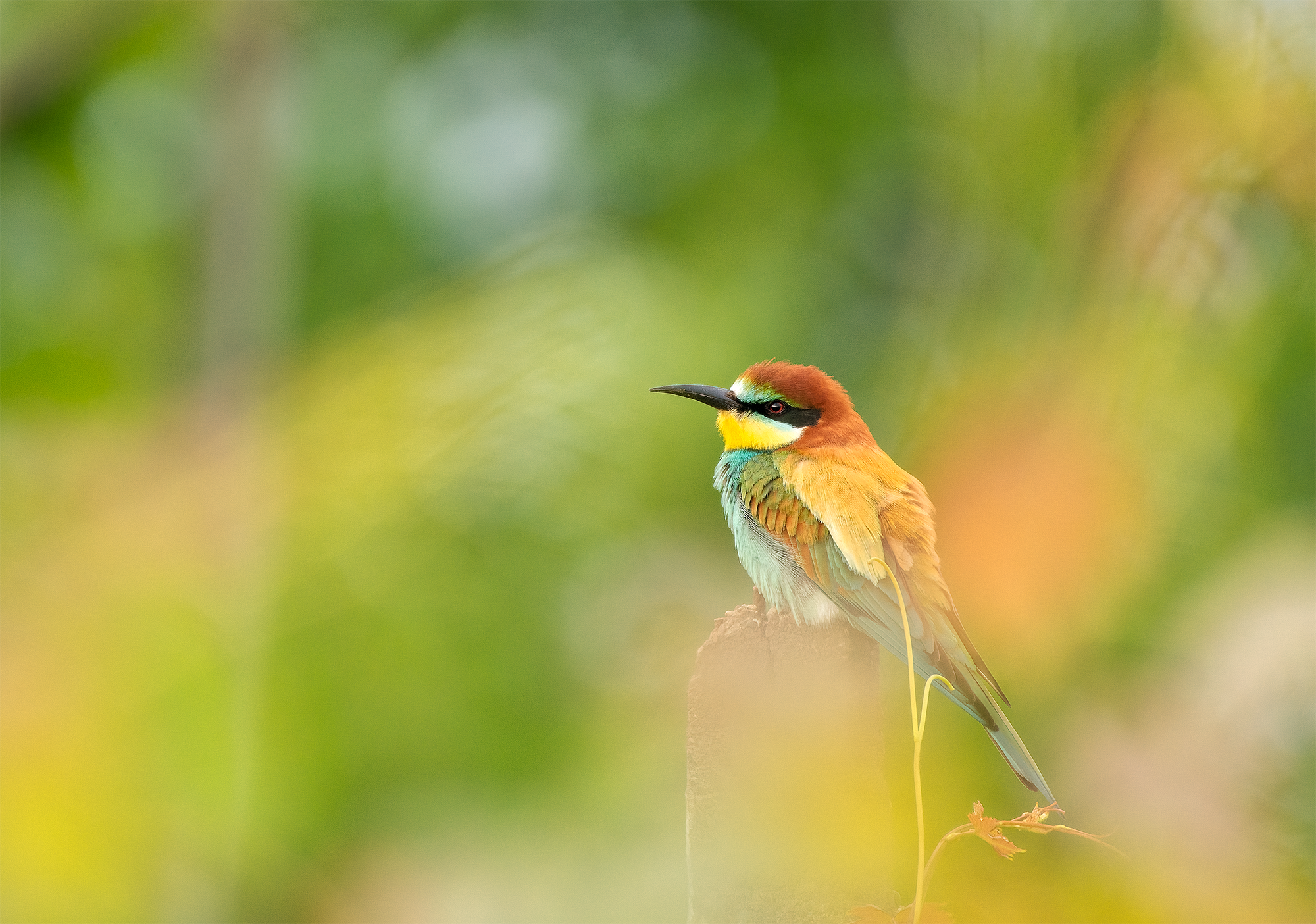
The vividly colored European bee-eater is a summer guest in our region. It winters in Africa, arrives in Romania in May, and begins its migration again at the end of August. It feeds on flying insects caught mid-air. Monocultures and the use of insecticides reduce its food sources. It is a protected species - hunting it or destroying its nesting sites is strictly forbidden
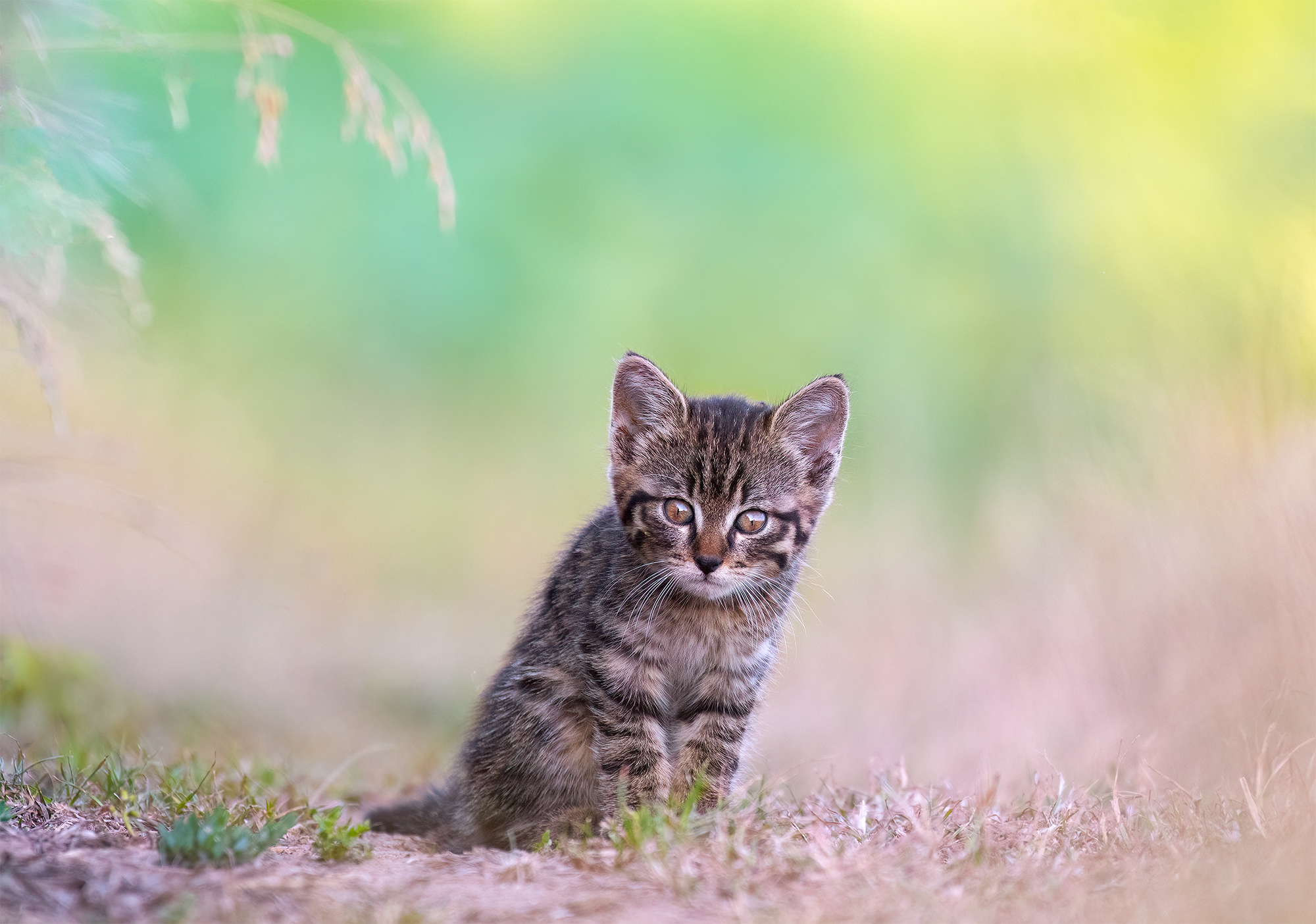
The fur of the wildcat has a greyish or brownish appearance with black stripes, helping it blend perfectly into the environment where it lives and hunts. When rarely seen, it retreats swiftly - like a ghost - without making a sound. Due to its close relation to the domestic cat, it is sometimes mistaken for one.
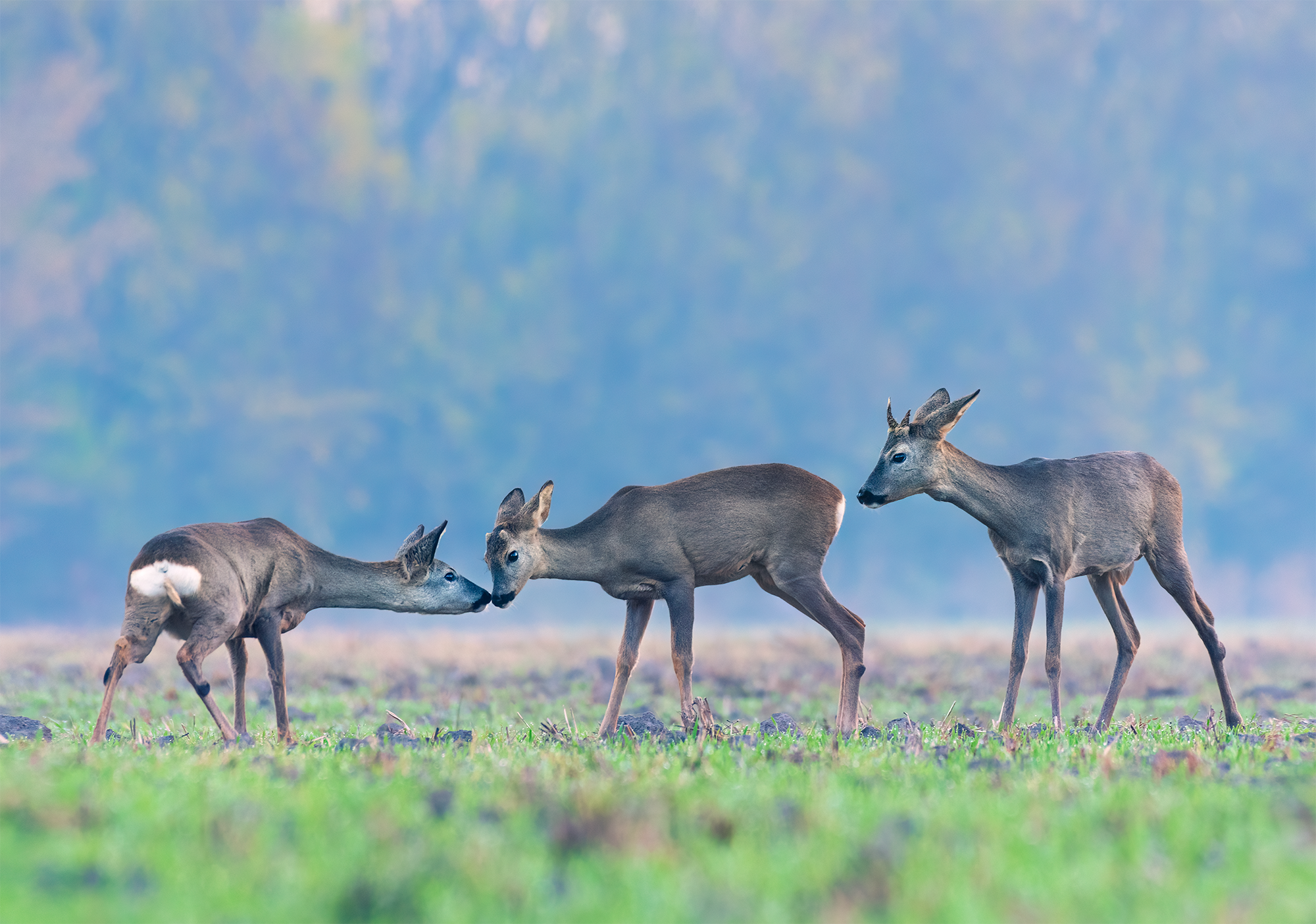
Roe deer are small wild animals commonly found in forests, forest edges, and agricultural fields around villages and rural communities. They can be seen feeding in small or large groups, which provides them with increased protection. They signal danger with a guttural call, resembling a bark.
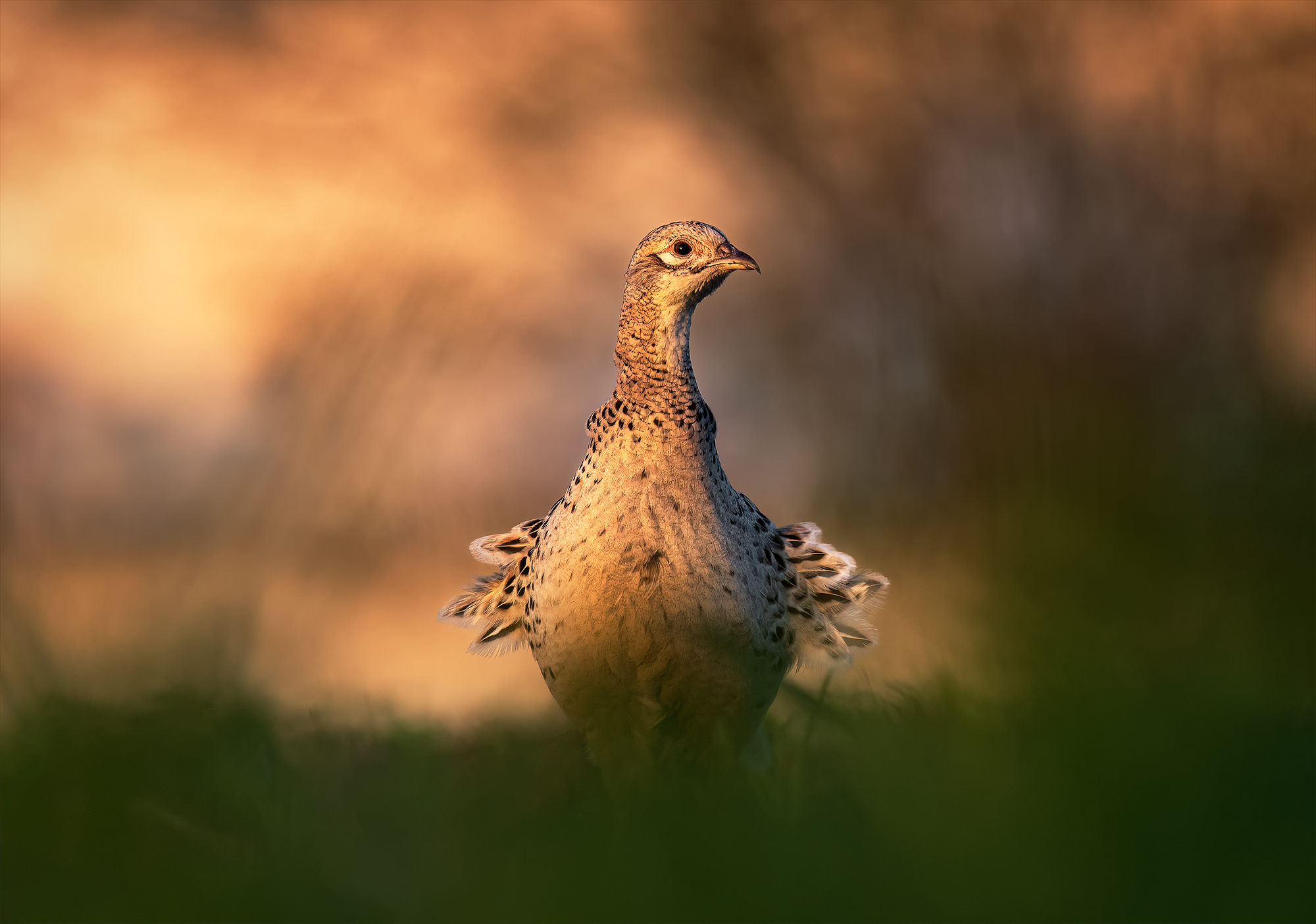
The female pheasant’s plumage is not as spectacular as the male’s, making her very difficult to spot. When they sense danger nearby, pheasants can suddenly take off - often noisily - and reach speeds of up to 95 km/h (about 60 mph)!
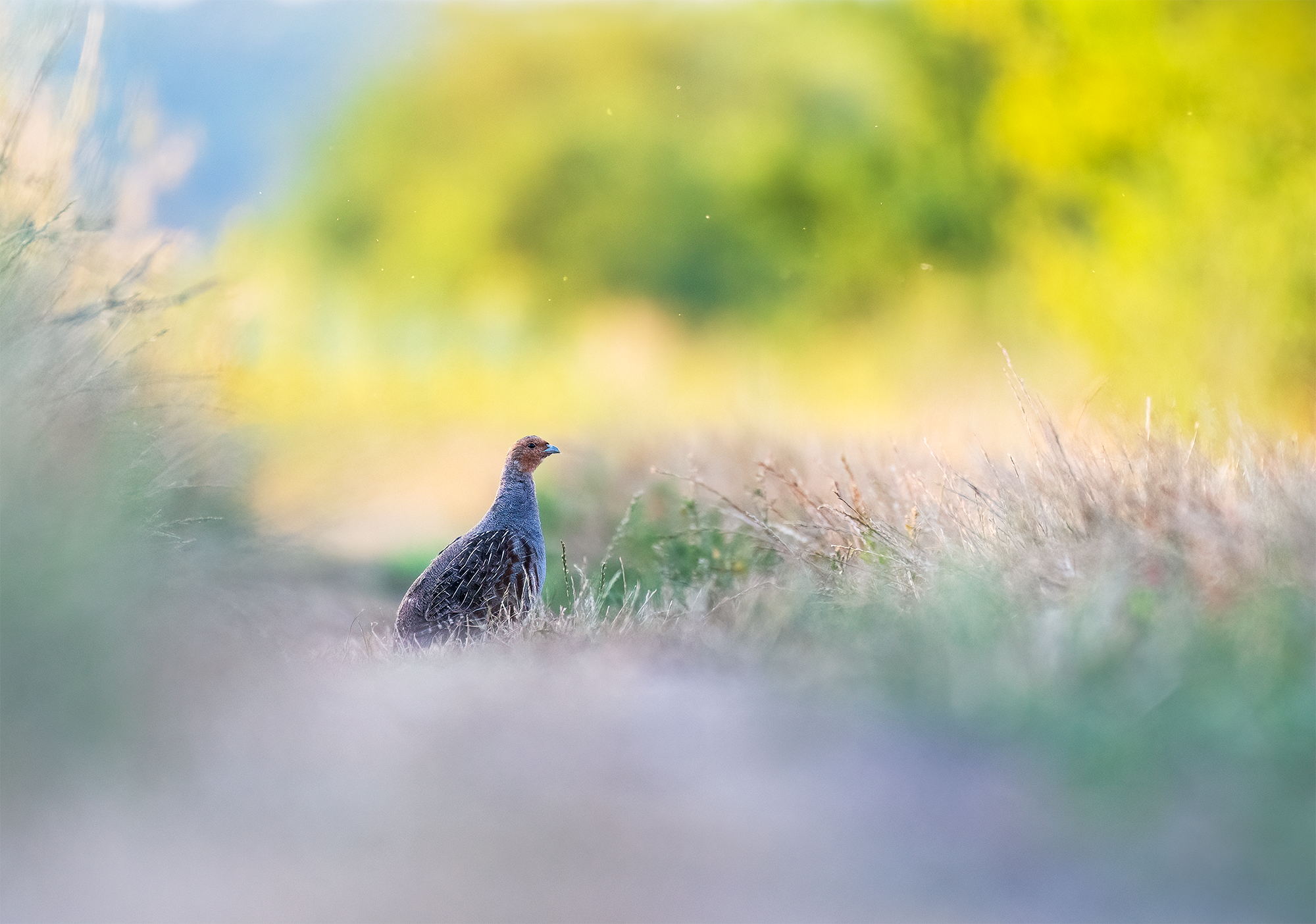
The partridge is related to the pheasant and has similarly beautiful coloring. It can often be seen feeding at the edges of grain fields. Clusters of trees and bushes near agricultural lands are important for partridges and other animal and bird species, providing safe places for resting and raising their young.
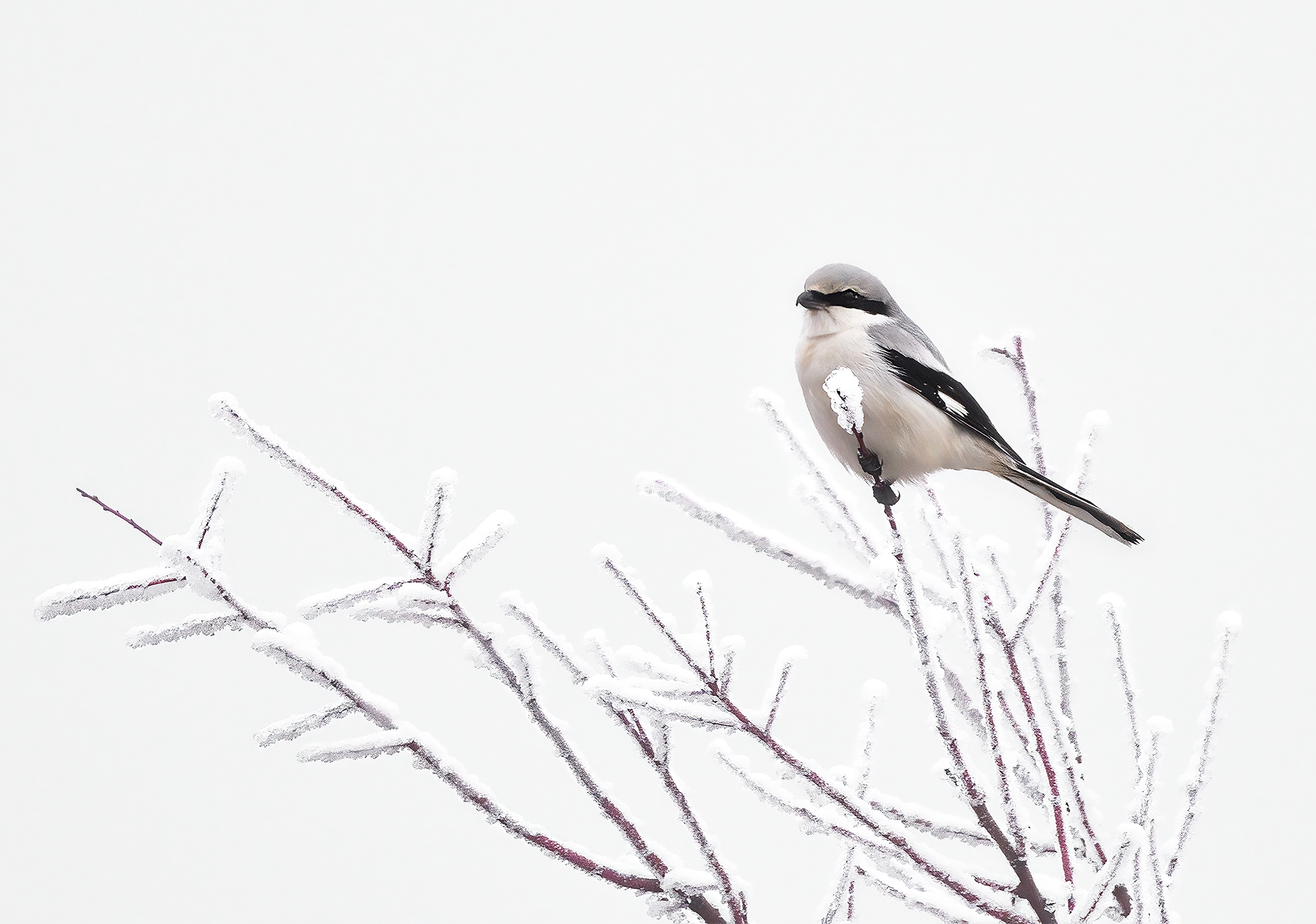
The winter (or great) shrike is a partial migrant and nests in agricultural areas or among isolated trees. It feeds on insects and vertebrates that can sometimes be twice its size. The use of pesticides reduces its food supply, and the cutting down of trees along roadsides has led to a decline in nesting sites. Currently, the species is in decline.
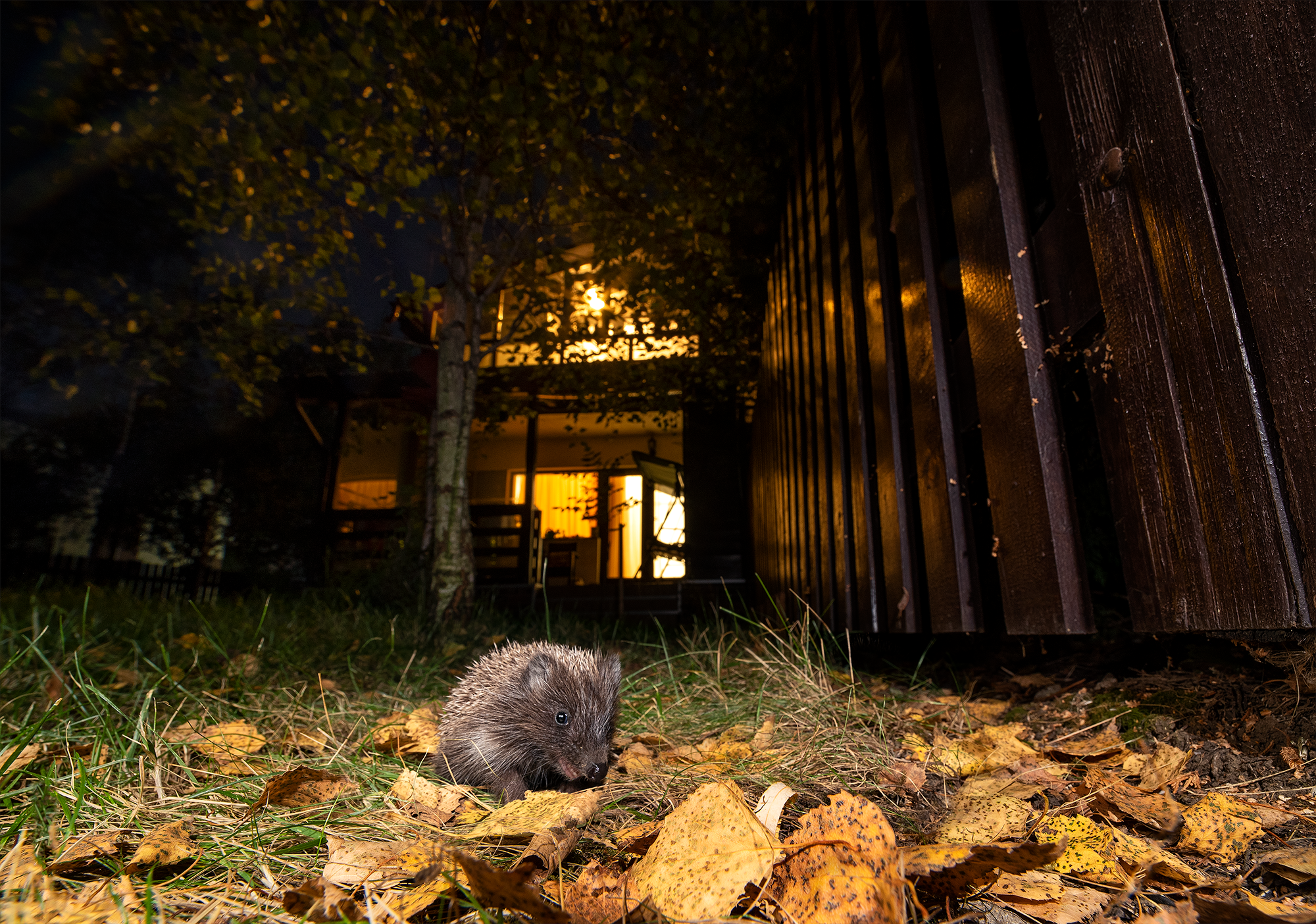
In early autumn, as night falls, a true symphony of rustling sounds can be heard in the yards of houses or apartment blocks, in the grass and among fallen leaves, as the hedgehog conducts a thorough search for food. It can be helped by placing bowls of fresh water in various corners of the yard, especially during dry periods.
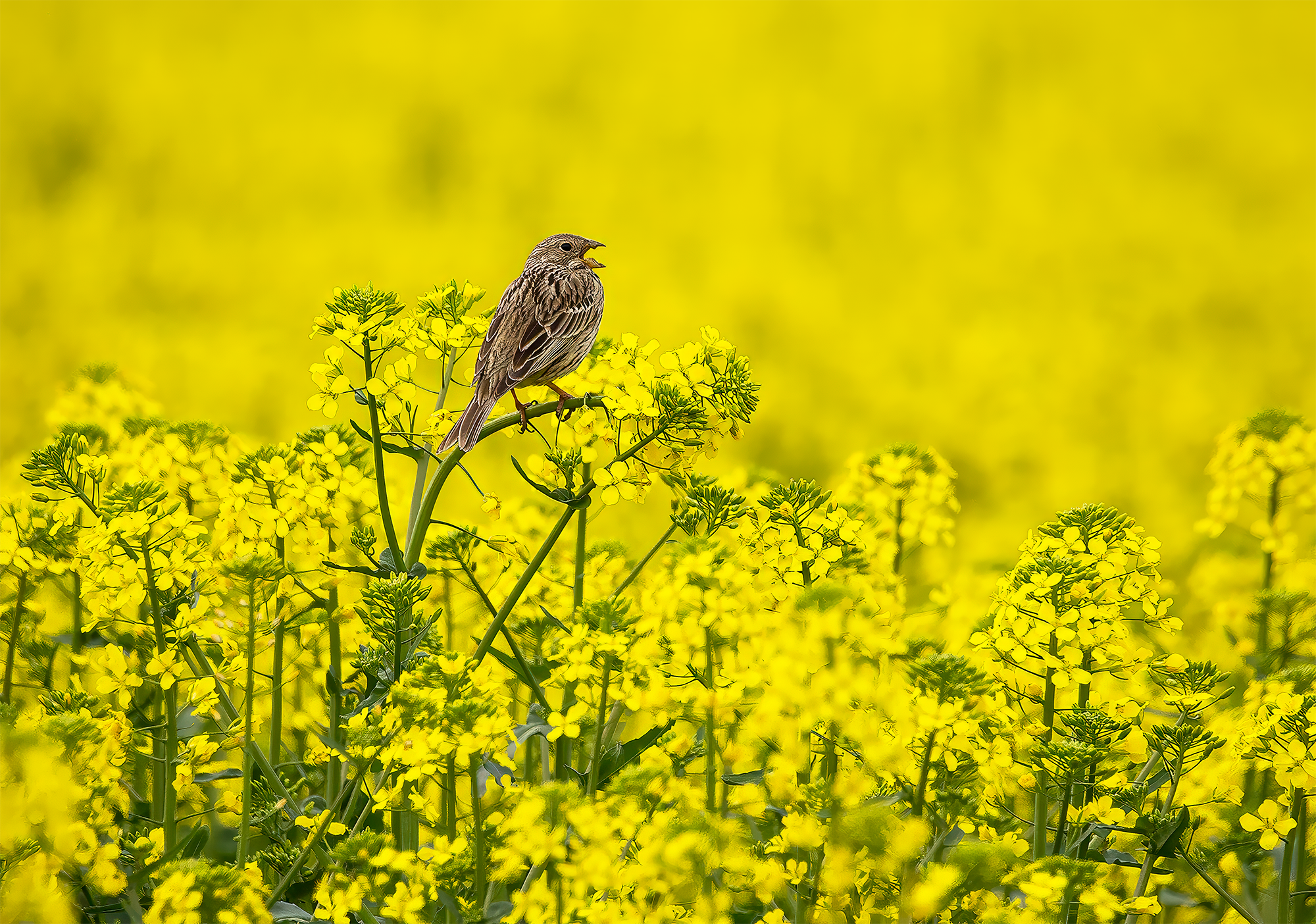
The corn bunting is a small, partially migratory bird found in agricultural areas, meadows, and shrublands. Its diet consists of seeds and other plant parts. Here, it can often be seen in fields and is frequently recognized by its distinctive trills.
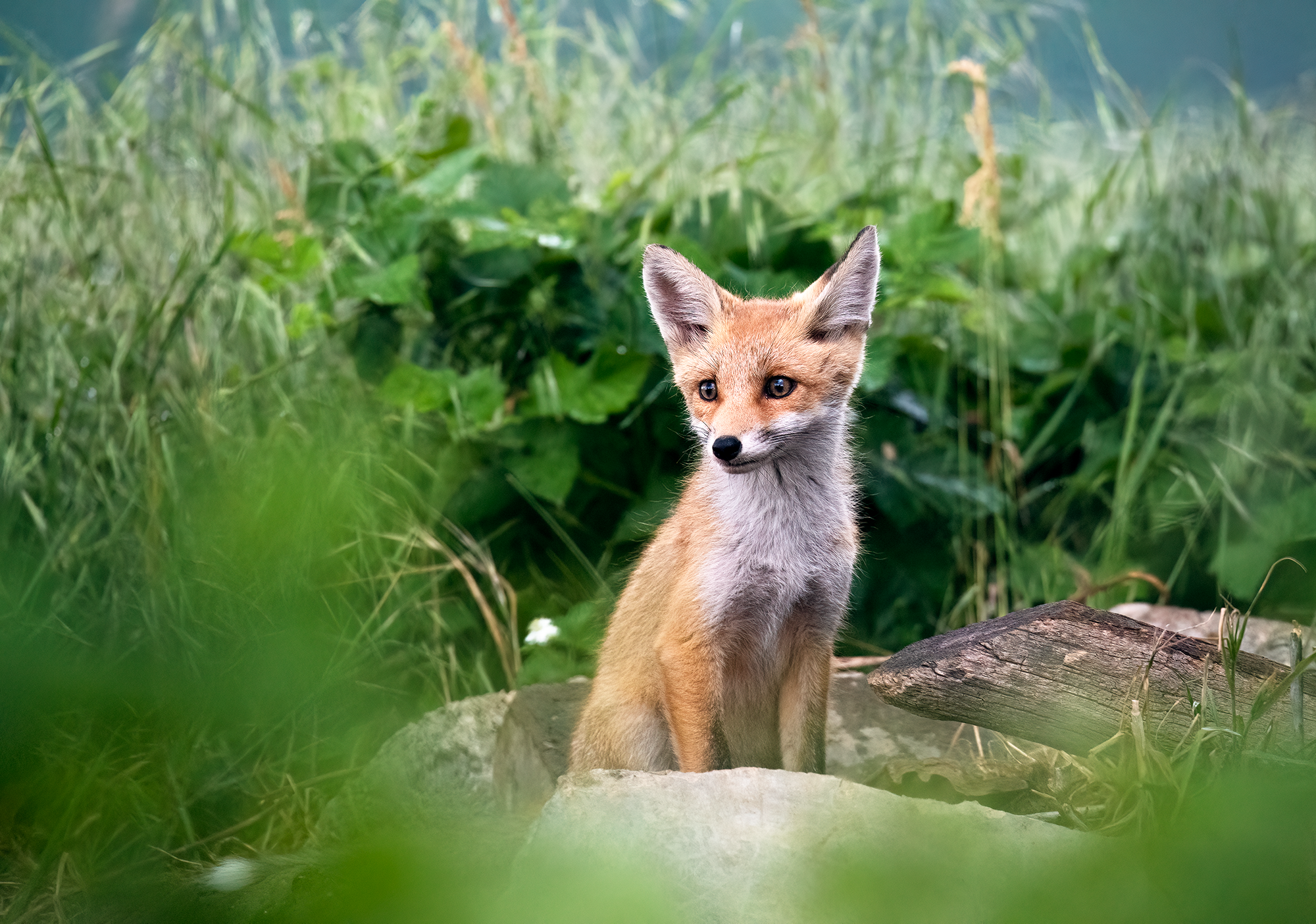
Throughout history, the fox has not been seen in a positive light, a perception reflected in many stories and ballads where it plays the villain - Reynard the Fox. Its role in nature, however, is very important for controlling pest populations. Due to human expansion, it has become a frequent guest in villages and cities.
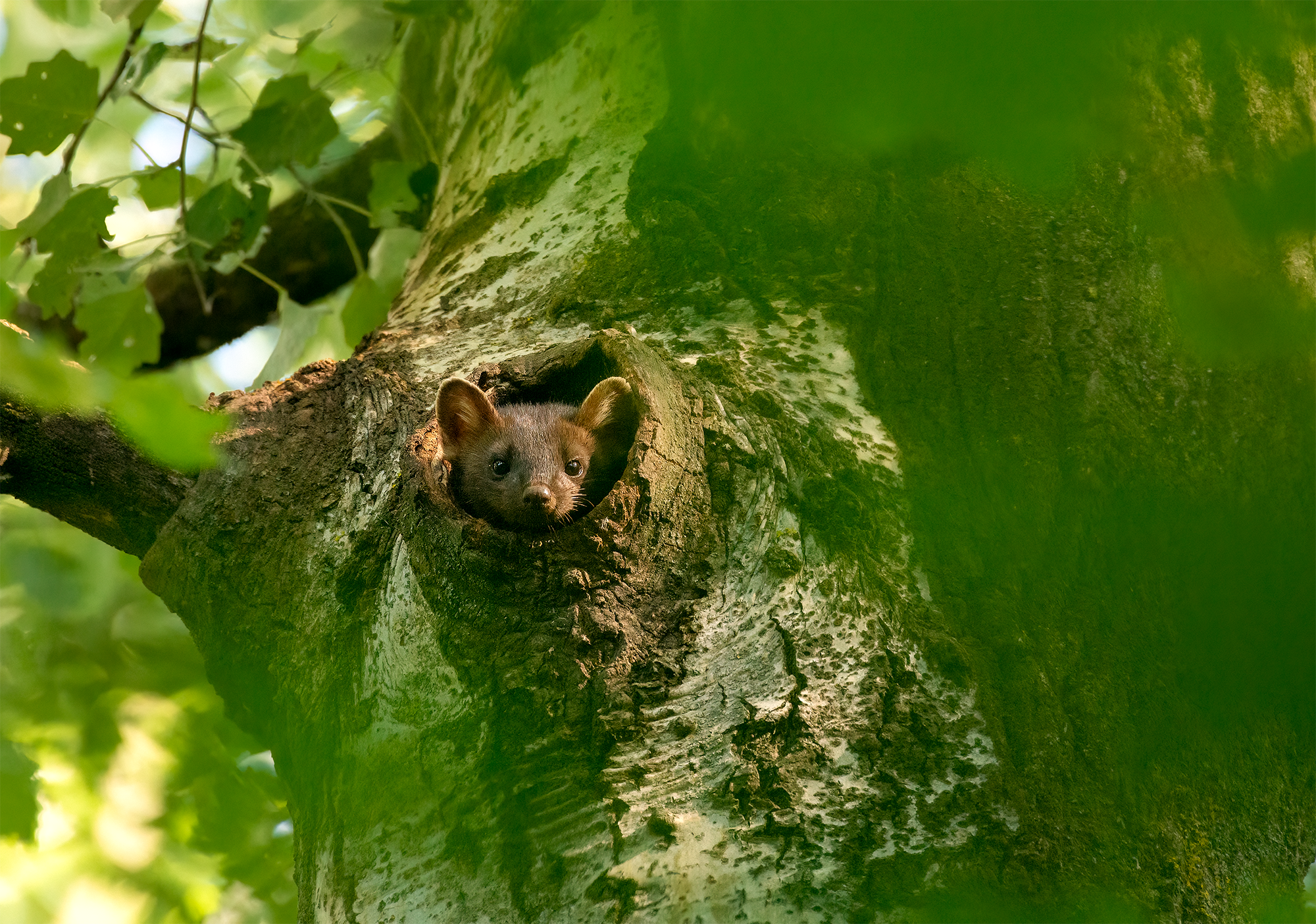
The pine marten is a spectacular and agile hunter, but quite elusive to spot. It requires old trees with cavities to raise its young, and the dens can be changed several times before the kits reach maturity, depending on their needs.
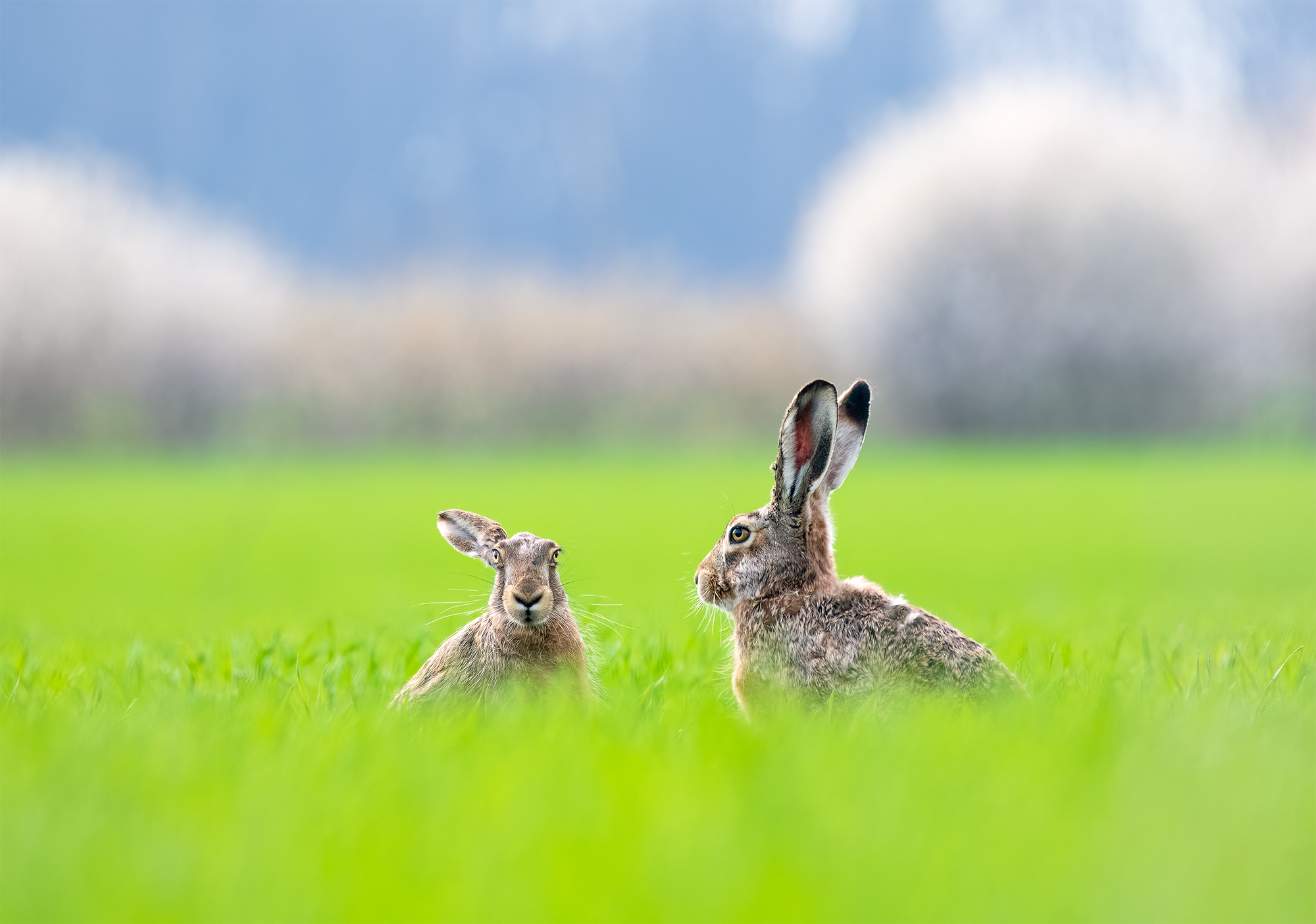
The European hare is very cautious, preferring to wait for darkness to feed and resting for most of the day. From early spring to autumn, however, they can still be seen in fields, especially during the mating season. As with roe deer, stray dogs pose a threat to them.
About us
If we’ve sparked your curiosity about our project, you might want to learn a bit more about us.
-
I am a photographer and television journalist, dedicating my life to photography for over eight years. Since childhood, when I first explored film photography, I have been fascinated by the animal world and nature. Birds, with their grace and delicacy, remain my favorite subjects, which I capture with a special passion.
Through my images, I aim to reveal the beauty and fragility of animals and highlight their importance for the health of the ecosystem.
I believe it is essential to know when to intervene - and, more importantly, when to hold back - to allow animals to live in peace and safety.
-
I discovered wildlife photography almost ten years ago, and since then, I have dedicated my free time to exploring and capturing the wild life around Bucharest.
For me, wildlife photography is more than just an art form; it is a means of education and activism. Through my work, I hope to contribute to building a community that is more aware and responsible towards the environment.
Together with my wife, Andrea, we created the project “The Gaze of Nature” through which we aim to give a voice to wildlife, often suffocated by the rapid and chaotic changes in our surroundings.

